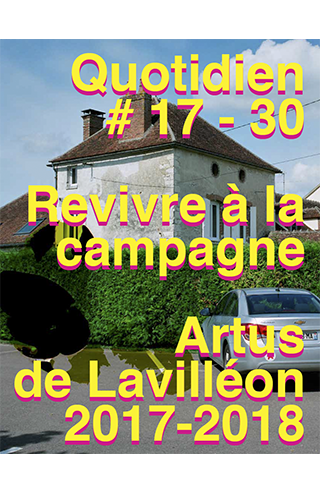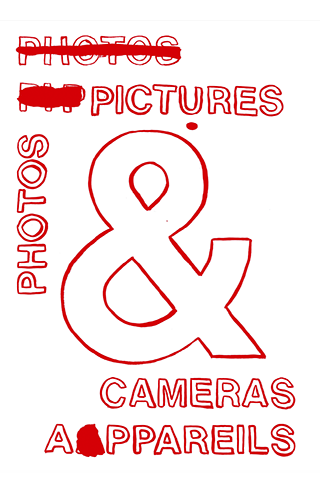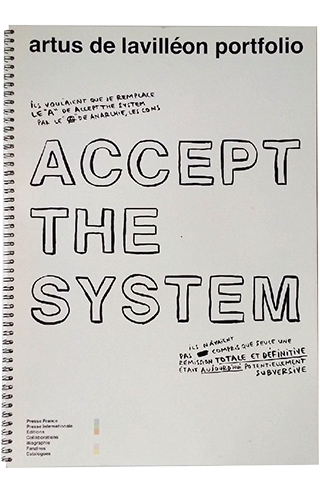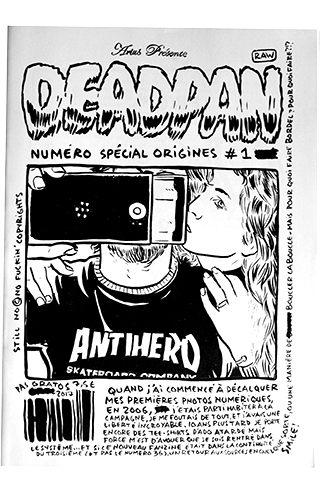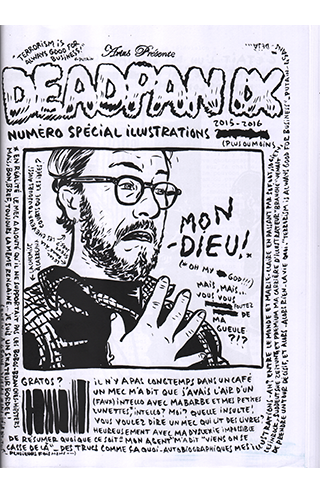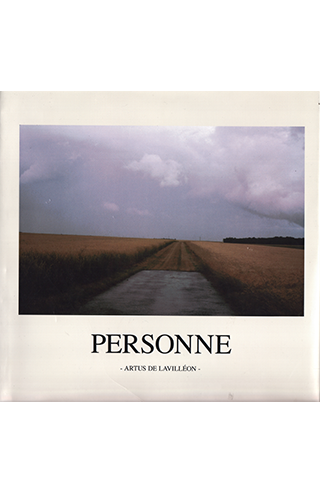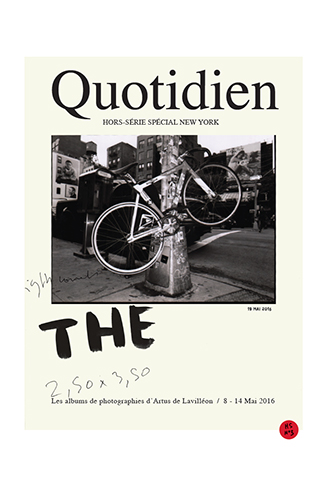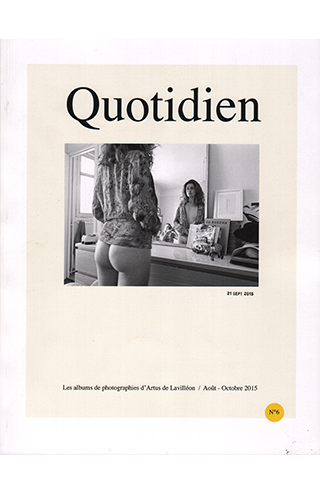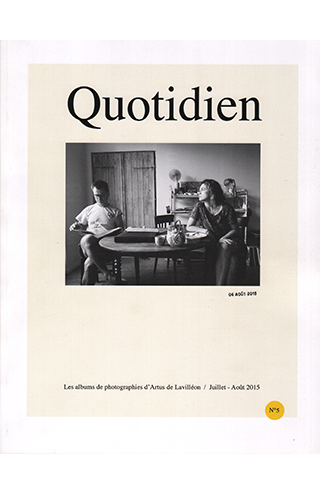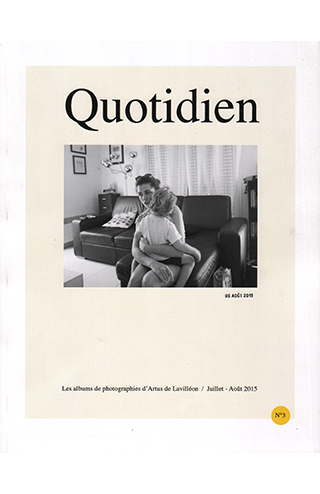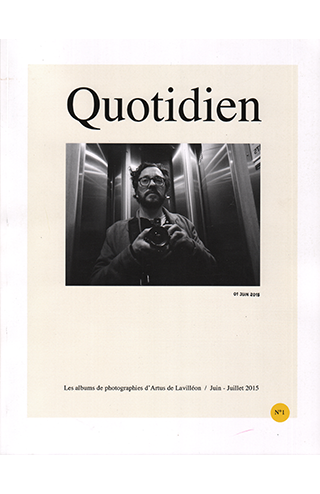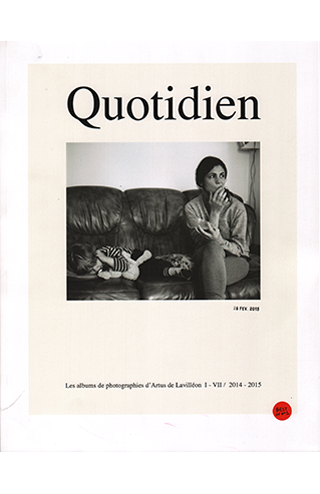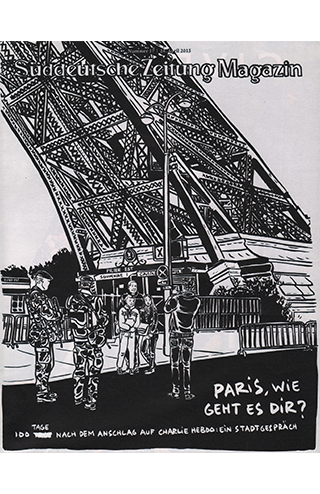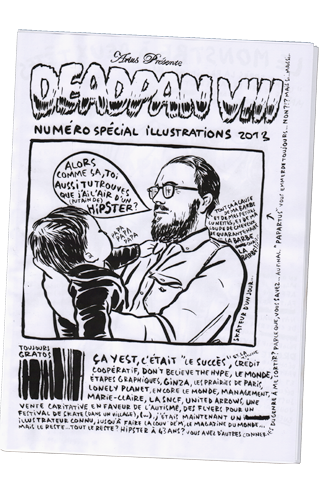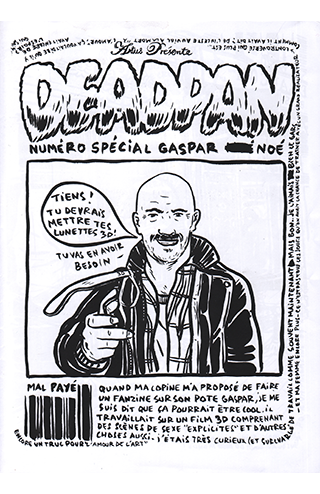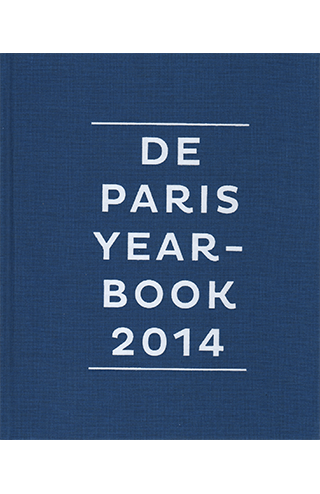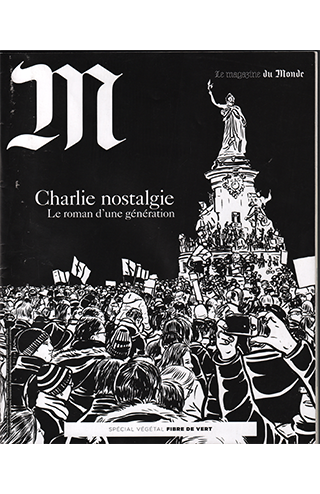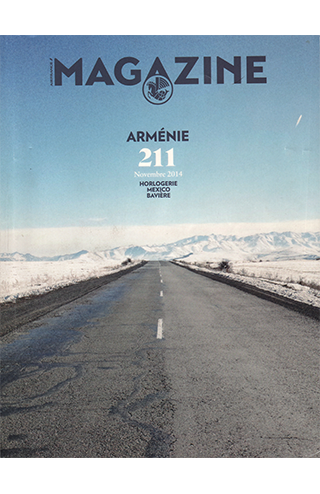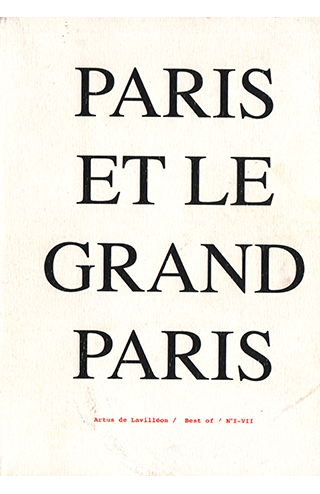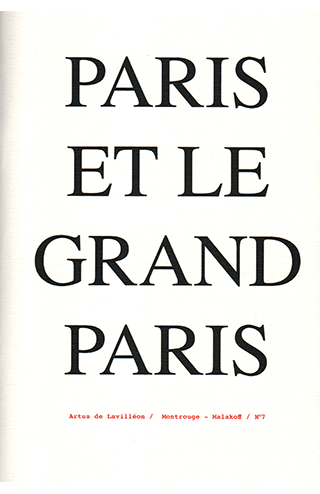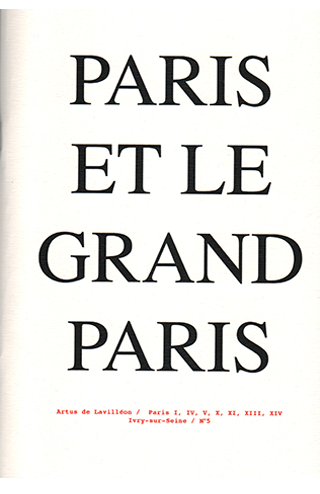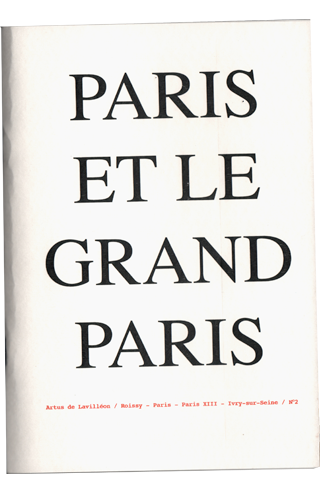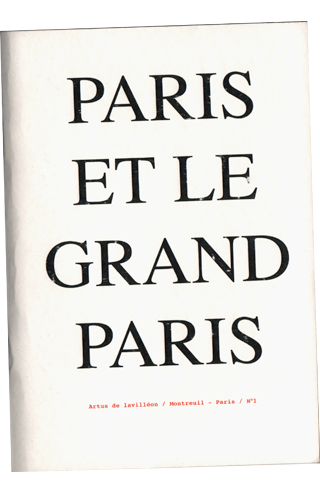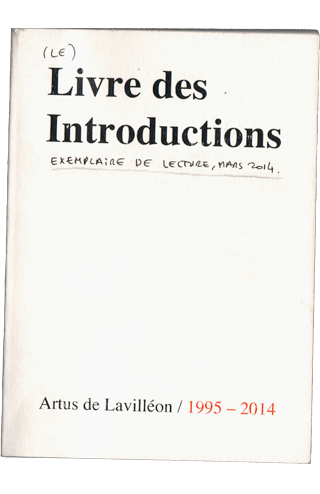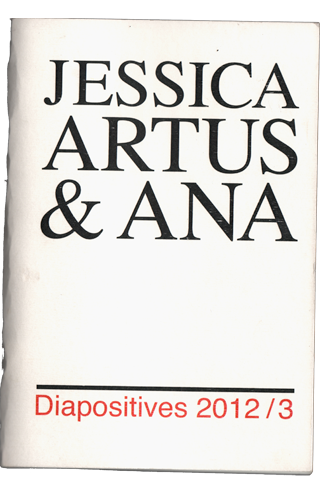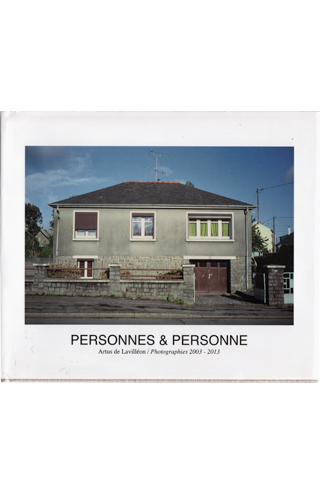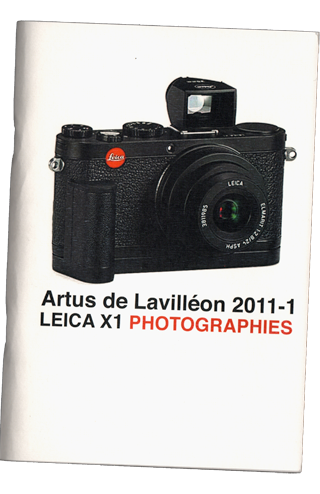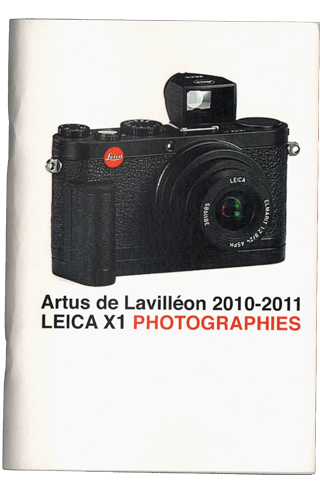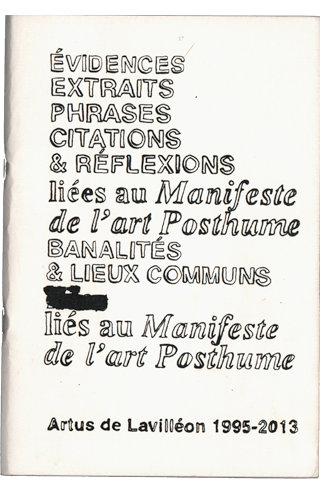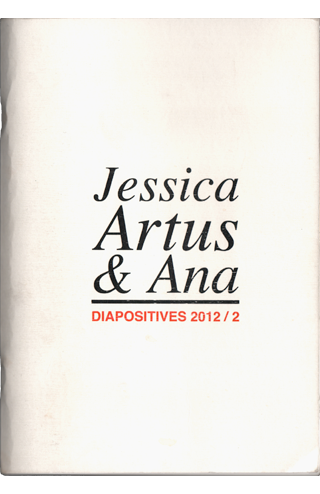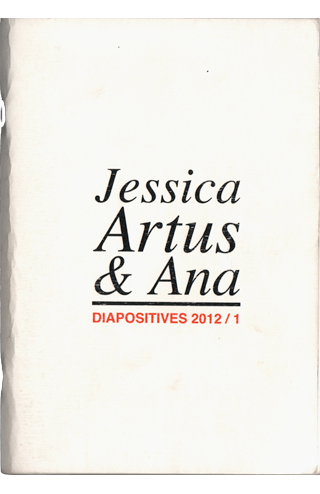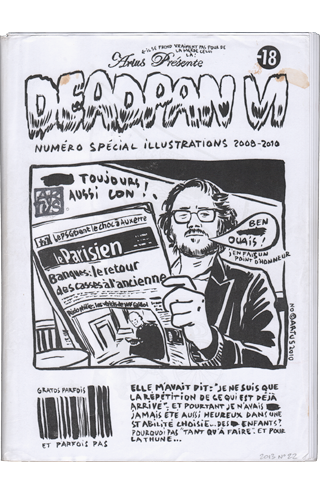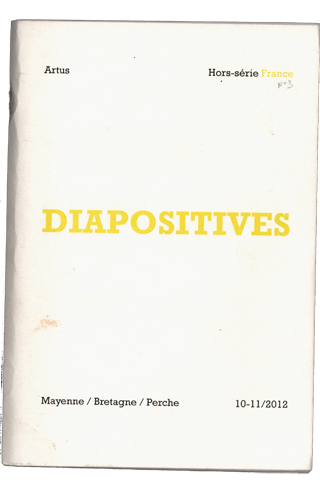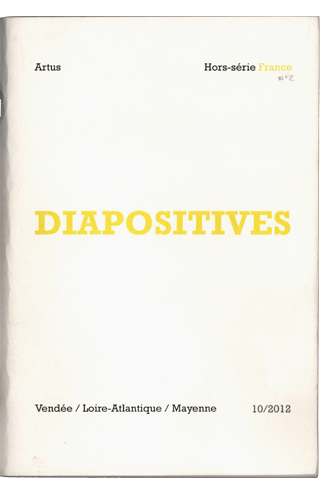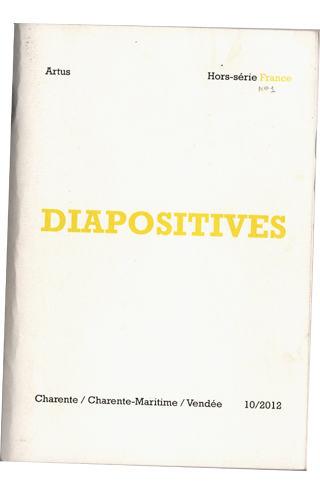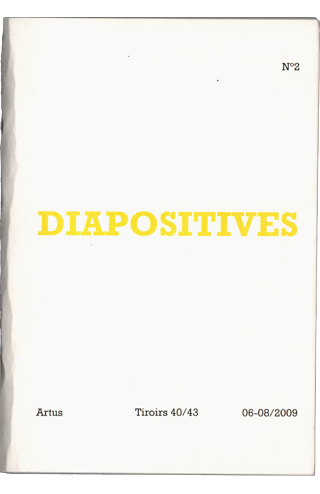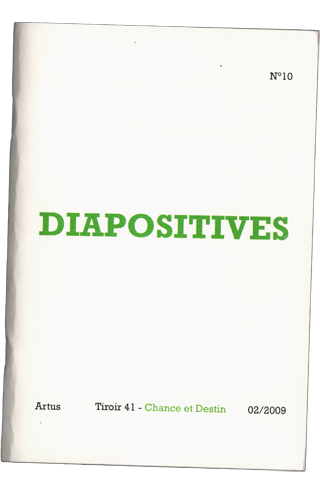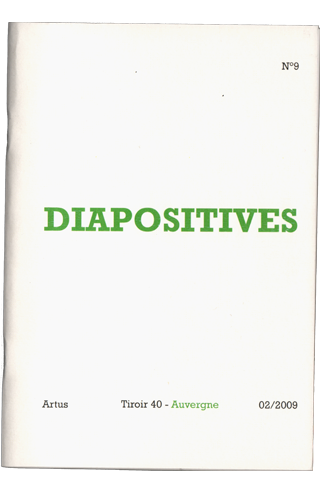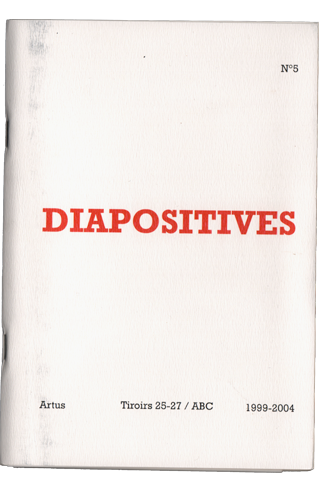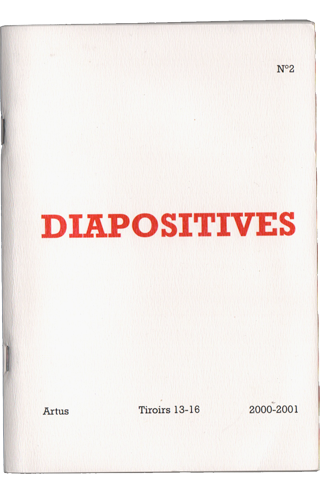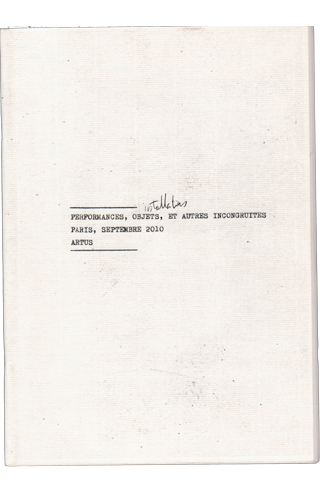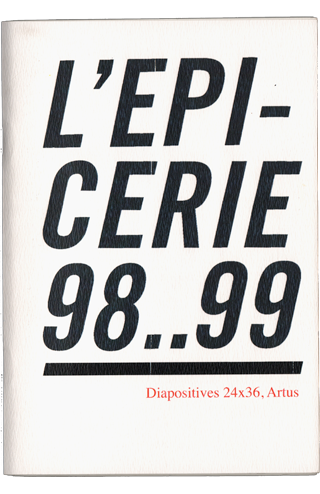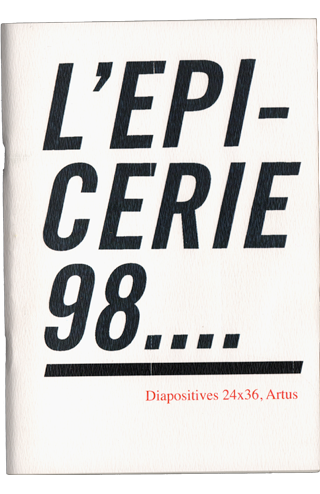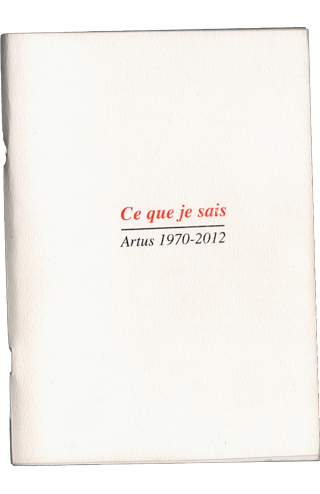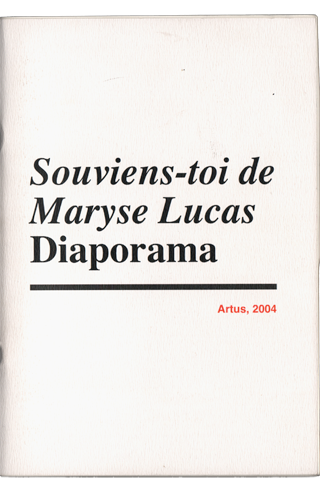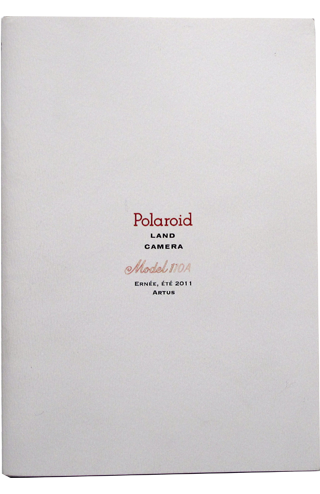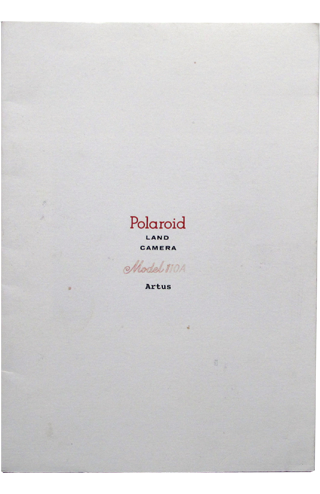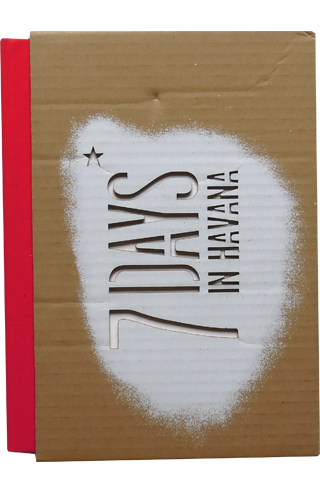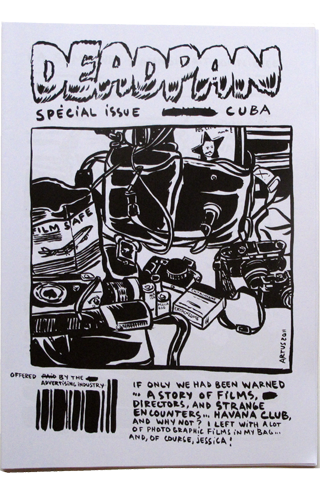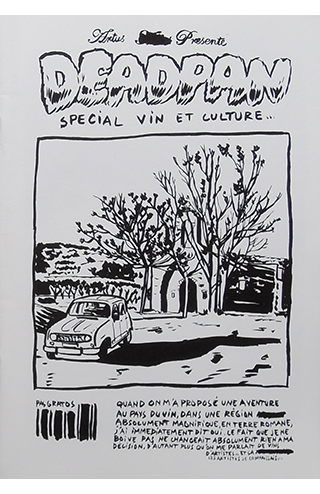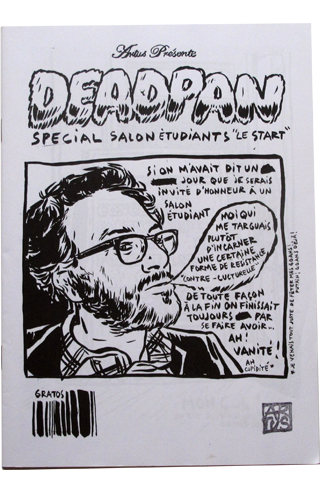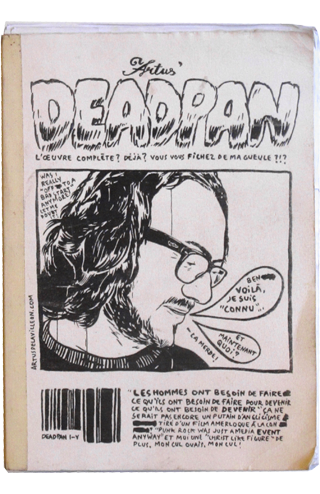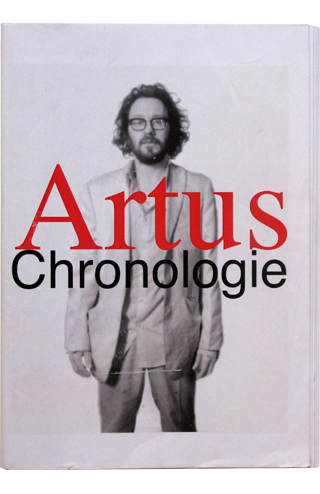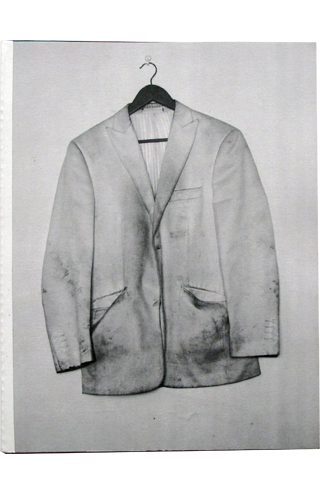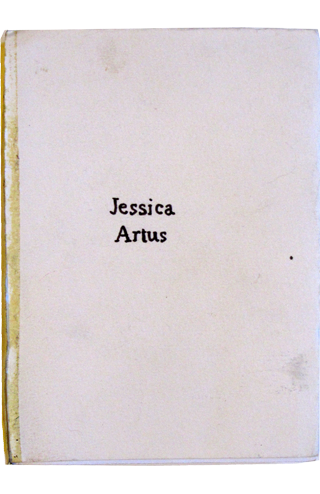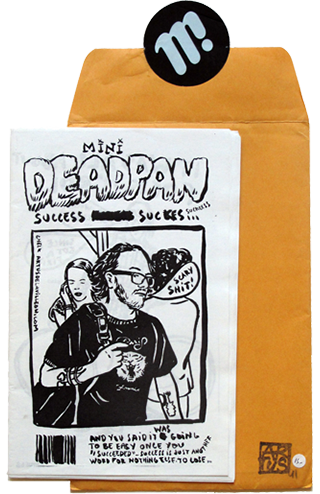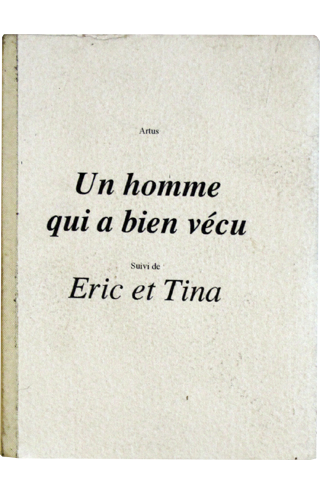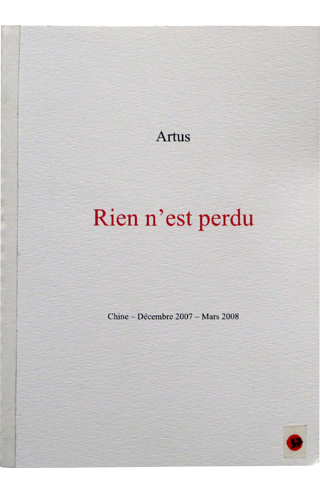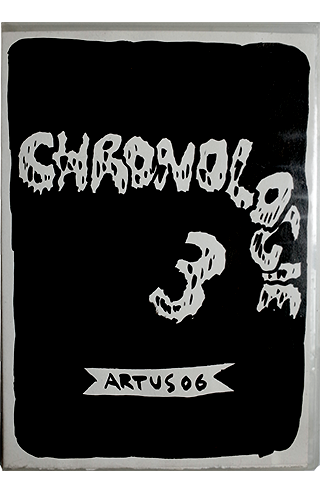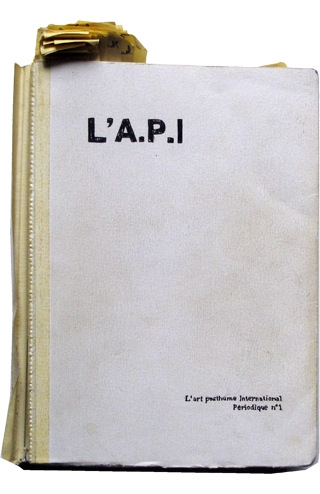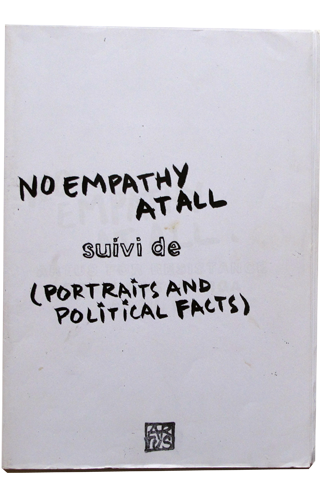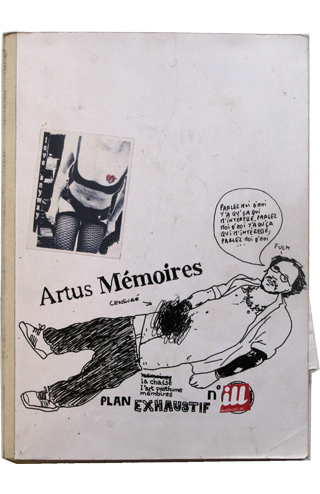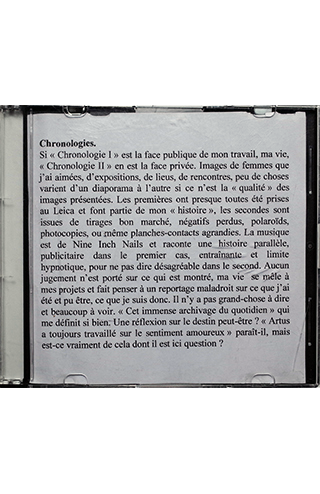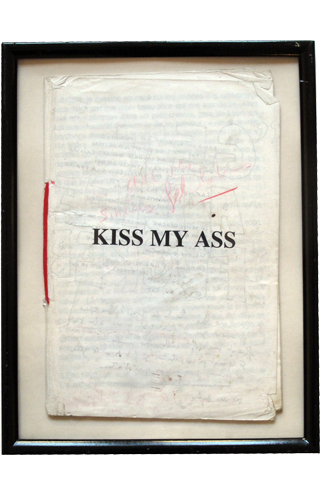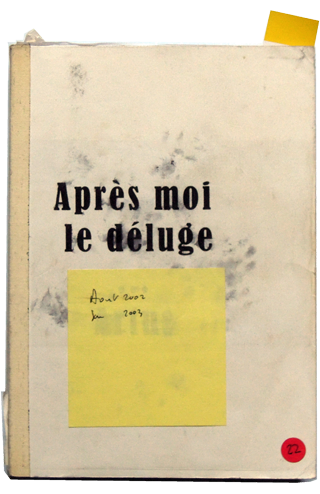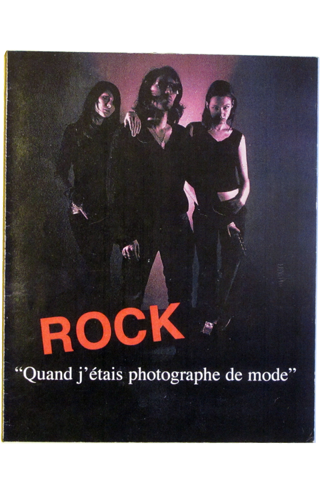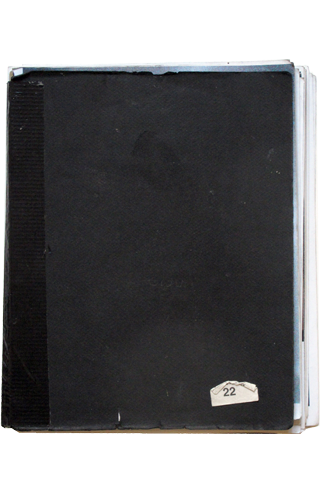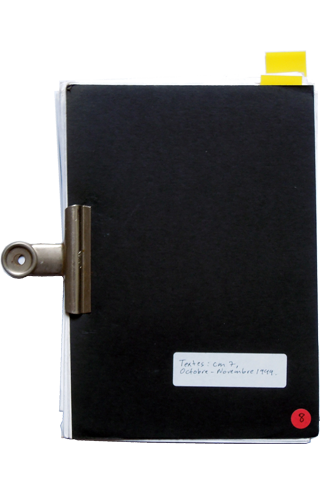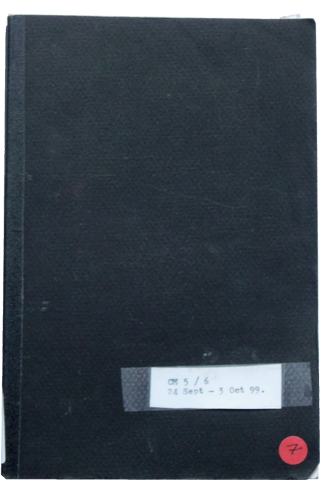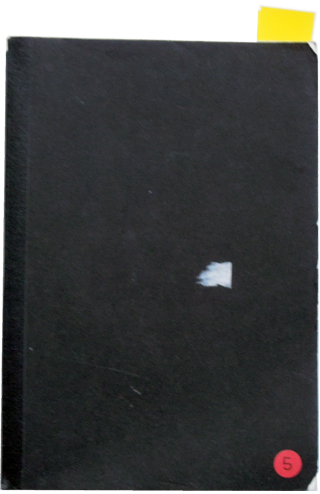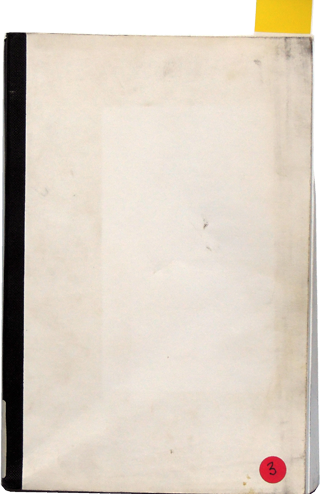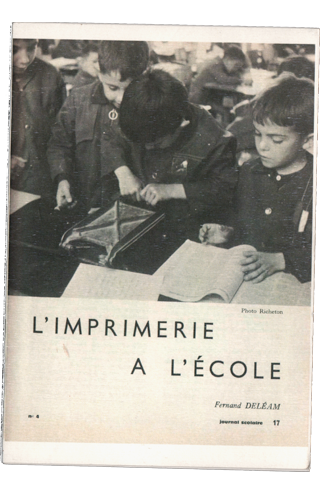Draft reflection on the books, December 2013.
When I began scanning my images for the self-published book about La Chambre, I did not know that this project would take me more than three years and lead to a multitude of books that would be a milestone in my artistic practice: the archive of the everyday. I neither think that this project would have been part of the Art Posthume movement so obviously and would allow one to understand what I meant by this term as a living practice. If we look more closely at these books, one will realize that the first idea of testimony and sharing of experiences has diverted to something else because it allowed me to realize my work in its entirety and give a physical form to the idea that I had of the artist in his ability to exist outside any legitimate system. These books, in their multitude, represent a form of resistance. Linked to a daily and precise linear time, and most often chronological, allows them to be considered as the exact trace of an ambition and a clear momentum behind the need for immediate recognition that is one of the most basic marks of our time. I’m not saying that this need is absent, because in its essence the book implies a willingness to address the public directly and to include it in a story, but it is important to show that it is more a question here of simplicity and investment in a work than a present sublimated to the shame to confuse truth and immediacy. If I speak of work, even though I’ve spent over half of my life to fight against excessive professionalization and to claim amateurism, it is because there is a crucial difference for me between the elitism of those who claim to know how such a thing should or should not be, and the humility of the one who does and knows the error inseparable of real work. The acts are not cold nor excluding concepts because they are primarily motivated by life and what it represents in terms of choice and experience – of encounter. Believing that we can control everything would be like forgetting that life is not form but movement. Wanting to fix it, classify it and arrange it in order to meet a specific need sounds as crazy to me as to say that this is good and this is bad, because the function of art itself is to overcome these moments to embody a time of “posthumous.”


